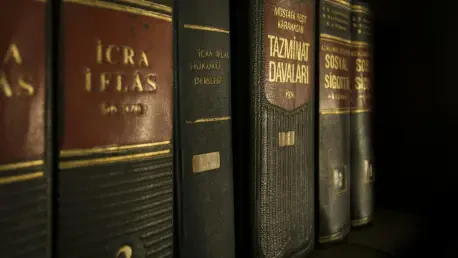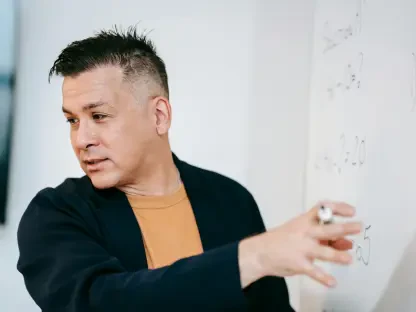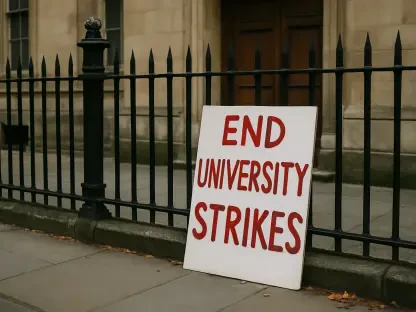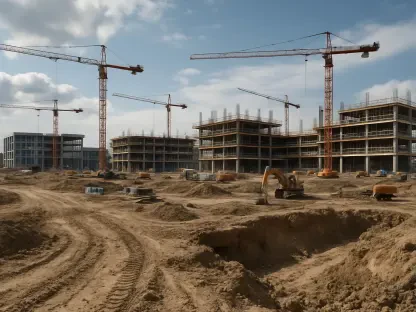In the tapestry of American history, few figures shine as brightly as Williana Burroughs (1882–1945), a Black educator, activist, and Communist organizer whose life was a relentless crusade against racial, gender, and class oppression. Born just one generation removed from slavery, she navigated a world of profound inequality in early 20th-century America, transforming personal hardship into a powerful catalyst for change. From her impoverished beginnings in Virginia to her historic international advocacy in Moscow, Burroughs dedicated herself to uplifting marginalized communities through education and political action. Her journey is not merely a story of survival but one of bold innovation, challenging systemic barriers with an unwavering belief in the potential of collective resistance. As a teacher in New York City’s public schools, a leader in Harlem’s labor and housing struggles, and a pioneering voice in the Communist Party USA (CPUSA), she wove together local and global fights for justice. Her legacy serves as a beacon for those who continue to confront injustice, illustrating the transformative power of education and activism when wielded with conviction and purpose.
Roots of Resilience and Early Struggles
Williana Burroughs’ early life was marked by adversity that forged her indomitable spirit, setting the foundation for a lifetime of activism. Born in 1882 in Petersburg, Virginia, to parents who had once been enslaved, she faced tragedy early with the loss of her father at the tender age of four. This loss forced her family to relocate to New York City, where poverty led to her and her siblings spending time in the Colored Orphan Asylum in Harlem. Despite these challenges, Burroughs displayed remarkable determination, excelling academically and graduating near the top of her class at Normal College (now Hunter College), standing out as the sole Black student among her peers. This achievement was a testament to her resolve, defying the societal constraints of race and class that sought to limit her potential. Her early experiences of hardship and discrimination instilled a deep empathy for the marginalized, shaping her future commitment to dismantling the structures of oppression through education and community organizing.
Beyond her academic triumphs, Burroughs’ formative years in New York City exposed her to the stark realities of systemic inequality, igniting a passion for justice that would define her career. Living in Harlem during a time of rampant segregation and economic disparity, she witnessed firsthand the struggles of Black and immigrant families, experiences that resonated deeply as she embarked on her professional journey. Her resilience in overcoming personal and societal barriers—poverty, racial prejudice, and limited opportunities for Black women—became the bedrock of her activism. This period of her life was not just about survival but about recognizing the interconnectedness of personal struggle and broader social issues, a realization that propelled her toward a path of radical change. Her early story underscores how individual perseverance can intersect with collective action, laying the groundwork for her later roles as an educator and organizer who never shied away from confronting injustice head-on.
Shaping Minds and Movements in Education
Burroughs’ career as an educator began in 1903 when she took up a position as a first-grade teacher in New York City’s public schools, working with poor, Black, and immigrant students who mirrored her own early struggles. This role was more than a job; it became a platform for empowerment, as she recognized education’s potential to challenge systemic inequities. Her classrooms were spaces where young minds, often dismissed by society, were nurtured with lessons that went beyond basic academics to instill a sense of dignity and awareness. Teaching during an era of deep-seated discrimination, Burroughs faced numerous obstacles, including a marriage bar in 1909 that temporarily forced her out of the profession. Yet, her brief pivot to social work during this hiatus only deepened her understanding of the intersecting challenges of poverty and race, reinforcing her belief that true change required addressing root causes through both education and activism.
Upon returning to teaching in 1925, Burroughs aligned herself with the radical New York City Teachers Union, marking a significant shift toward organized labor struggles. This affiliation was a natural extension of her growing political consciousness, as she sought to address not just the needs of her students but also the systemic issues affecting educators and workers at large. Her involvement with the union was a bold statement against the status quo, reflecting her refusal to accept professional limitations imposed by race or gender. It was during this time that her approach to education evolved into a form of political activism, emphasizing the importance of equipping communities with knowledge as a weapon against oppression. Her dedication to teaching as a liberatory act laid the groundwork for her later work at the Harlem Workers School, where she would directly connect education to revolutionary ideals, inspiring students to envision and fight for a more just society.
Organizing for Change in Harlem’s Heart
In the vibrant yet struggling community of Harlem, Burroughs emerged as a formidable force, weaving together the fights for racial, gender, and economic justice with unparalleled insight. Her work with the Harlem Tenant’s League exemplified her intersectional approach, as she rallied Black women to confront exploitative housing conditions through rent strikes and eviction protests. These actions were not isolated battles but part of a broader critique of capitalism, linking local grievances to global struggles against systemic exploitation. By centering Black women as key agents of change, Burroughs challenged both the racial prejudices of the era and the gender norms that often sidelined women in activist spaces. Her leadership in these initiatives demonstrated a strategic vision that saw community organizing as a vital step toward dismantling larger oppressive structures, making her a pivotal figure in Harlem’s fight for dignity and rights.
Her activism in Harlem also extended to significant national causes, notably the defense of the Scottsboro Nine, a group of young Black men wrongfully accused of a crime in the 1930s. Collaborating with other prominent activists like Louise Thompson Patterson, Burroughs helped elevate this local injustice to an international stage, highlighting the pervasive racism embedded in the American legal system. This effort showcased her ability to build coalitions across diverse groups, uniting voices in a collective demand for justice that resonated far beyond Harlem’s borders. Her work on such campaigns was a powerful reminder of the interconnectedness of racial and class struggles, reinforcing her belief that solidarity was essential for meaningful change. Through these endeavors, Burroughs not only addressed immediate community needs but also contributed to a growing narrative of resistance that inspired broader movements for equality and human rights.
A Global Voice for Solidarity and Socialism
Burroughs’ impact transcended national boundaries, most notably during her groundbreaking 1928 address at the Communist International (Comintern) in Moscow, where she became the first Black woman to speak before the assembly. Her powerful speech urged the global Communist movement to prioritize Black leadership, women’s contributions, and anti-imperialist efforts in regions like the American South, North, and the Caribbean. This moment was a defining one, as it positioned her as a key influencer in shaping international solidarity, advocating for the inclusion of marginalized voices in the fight against capitalism. Her decision to enroll her children in Soviet schools during this period further reflected her trust in socialist systems as viable alternatives to the racial and economic inequities she witnessed in the United States, highlighting her commitment to a vision of global equity.
Later in her life, from 1937 onward, Burroughs’ role as a radio broadcaster in the Soviet Union, known as the “Voice of Moscow,” solidified her status as an international advocate for socialist ideals. Her broadcasts reached audiences worldwide, spreading messages of resistance and hope at a time when global tensions were escalating. Despite the personal risks, including FBI surveillance upon her return to the U.S. in 1945, she remained steadfast in her mission to connect local struggles with global movements for justice. This international phase of her career underscored her belief that true liberation required a unified, cross-border approach, challenging imperial and capitalist systems on a worldwide scale. Her global perspective not only amplified the voices of the oppressed but also inspired future generations to think beyond national confines in their pursuit of a fairer world.
Legacy of a Revolutionary Vision
Reflecting on Williana Burroughs’ life, her contributions as an educator and activist stand as enduring testaments to the power of persistent resistance against overwhelming odds. Throughout her career, she faced systemic barriers—professional retaliations, marriage bars, and government scrutiny—yet never wavered in her pursuit of justice. Her efforts in Harlem reshaped community organizing, while her international advocacy with the Comintern shifted paradigms within the Communist movement, ensuring that issues of race and gender were not sidelined. Each chapter of her journey, from teaching in New York City to broadcasting in Moscow, reflected a deep commitment to empowering the marginalized through knowledge and solidarity.
Looking ahead, Burroughs’ story offers vital lessons for contemporary struggles, urging activists and educators to embrace intersectional approaches that address the multifaceted nature of oppression. Her life challenges current and future generations to consider how local actions can resonate globally, encouraging the creation of coalitions that bridge diverse communities. As society continues to grapple with inequality, her emphasis on education as a tool for liberation remains a guiding principle, prompting a reevaluation of how knowledge can be harnessed to dismantle systemic barriers. Her legacy is a call to action, inspiring sustained efforts to build a world where justice and equity are not just ideals but lived realities for all.









